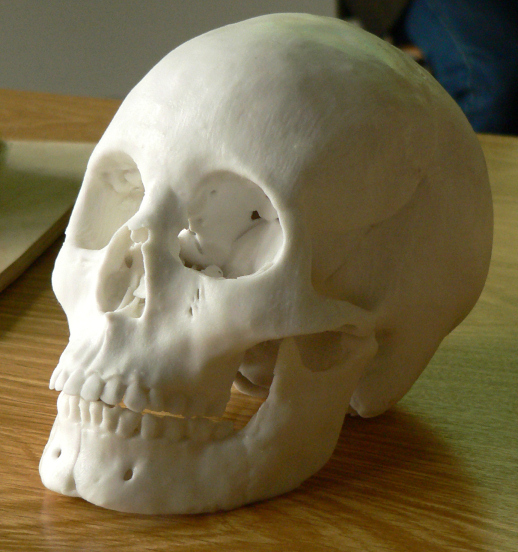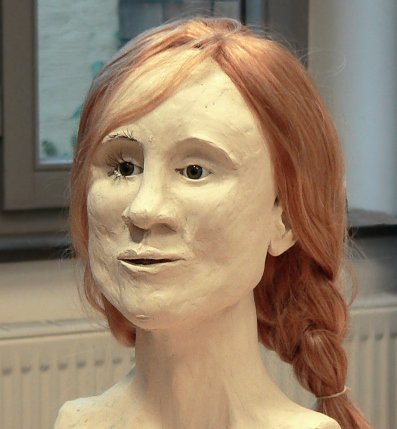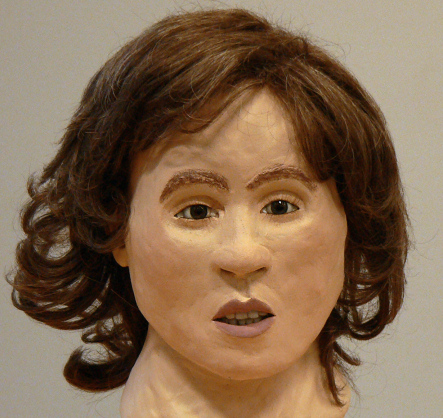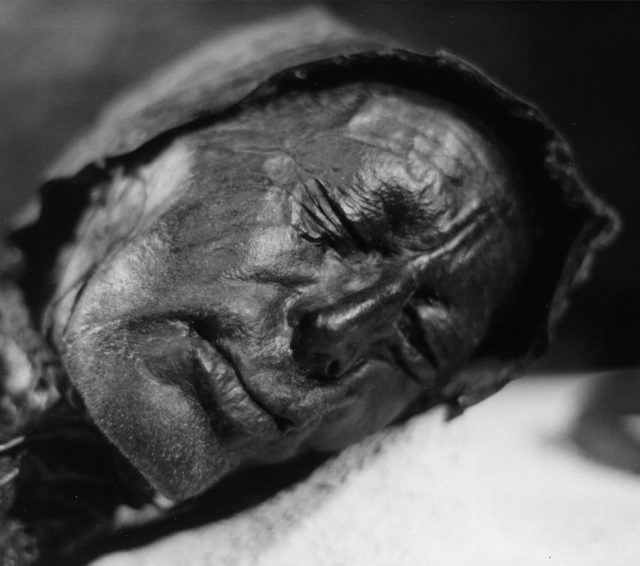We’re always curious, if not spooked, when human remains are found. Fossils and mummies are archaeological storehouses. The intricate mummy at the Louvre is a particular example, with its striking head wrapping. Most recently, and to everyone’s surprise, the mustache of Salvador Dali was found intact after the body of the famous Spanish surrealist painter was exhumed as part of a paternity lawsuit.
Of course, when a corpse is found, it also propels us into the criminal-justice world. Bodies that were not buried, who seem to have been placed in the ground as concealment, lead to acts of foul play.
These two circles of interest overlapped in 2000, when the remains of a young woman, estimated to be between 16 and 20 years of age, was found by accident as a machine harvested peat in a bog in Lower Saxony, near the city of Hanover in Germany. The girl was found in pieces, and for a time the police thought that the corpse belonged to a 16-year-old girl, Elke Kerill, who disappeared in 1969 after going out at night to a dance club. However, after DNA testing, it was concluded that this was not the body of the missing girl after all.

After these initial DNA finds, the investigation was temporarily archived and possibly remained forgotten, at least until the beginning of 2005 when a shriveled hand was found in the proximity of the previous grim discovery. The find of the hand brought the case back into the spotlight and investigations were restarted at once.
Soon enough, the new finds revealed that the remains were actually an important archaeological artifact, dating to around 650 BC. The remnants were dubbed the Girl of the Uchter Moor. This was a major find because the most famous bog body up until this discovery was that of Tollund Man, discovered in Denmark in 1950 and only dating to approximately 375-210 BC.
Moreover, the Girl of the Uchter Moor is the only extensively preserved human body of that age to be unearthed in Europe in the regions north of the Alps. The remains of the girl had suffered under modern farming technology. Reportedly, the blades of the machine performing the harvesting of peat had sliced the girl’s body “like a salami.”

The state archaeologist of Lower Saxony, Henning Haßmann, further stated that “around 90 percent of the skeleton” was found, although it was in some 100 pieces. Furthermore, the hair found on the girl’s head was intact, though it has been hard for archaeologists to determine the color “as the peat turns all hair reddish,” Haßmann explains.
The age of the remnants was determined through performing radiocarbon-dating tests at the University of Kiel, and it was pointed out that the Girl of the Uchter Moor lost her life somewhere between 764 and 515 BC. Despite Iron Age burial practices that were well in place, the body had not been cremated.
Instead, the body was preserved by the mummification process that happens naturally in such bogs due to distinctive bog chemistry. As her body sank into the murky wetland waters, it would have been slowly overwhelmed by the commonly found Sphagnum moss. The moss would envelope the body in the cold, acidic, and oxygen-free environment, therefore protecting it from bacterial invasion and also tanning the body.

The preserved remains are of great value. However, nothing in the extensive research helped determine the reasons why and how the girl had died. It is confusing enough that this girl appears to have ventured deep in the marshlands as the nearest pathways would have been more than a mile away. At the least, the moor-like area is dangerous for roaming around and any of her movements would have been quite unusual.
According to one theory, the “ancient teenager” may have committed suicide. She could have also died by accident while collecting food or herbs in the area. Some of the fruits and herbs found in the marshlands actually have an intoxicating effect and they had been used as a drug or medicine among the early Germanic tribes.
From what we know, the Girl of the Uchter Moor performed hard labor and repeatedly carried heavy loads such as water jugs whilst moving around the area. As Saring Dennis from the University Hospital Hamburg-Eppendorf also noted, the girl sustained at least two partial skull fractures, which eventually healed on their own.

According to the bone growth, the ancient teenager supposedly suffered long periods of malnutrition at some points during childhood and adolescence, which is not surprising bearing in mind the hardship of long winters in the region. It has been determined that Moora, as she is also dubbed, was naked at the time her body entered the bog.
Experts have reconstructed her face four times in total, twice by traditional methods and twice with the help of digital technology. Through doing the face reconstruction traditionally, modeling material was applied over a plastic replica of the skull, after which the artists needed to estimate the shape of the girl’s lips and decide on the hair color and skin tones. The digital re-creations were done by Ursula Wittwer-Backofen.
